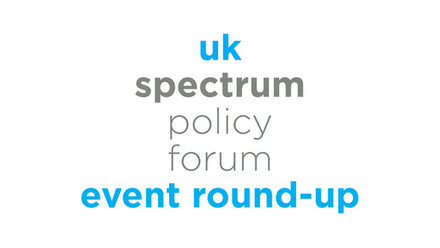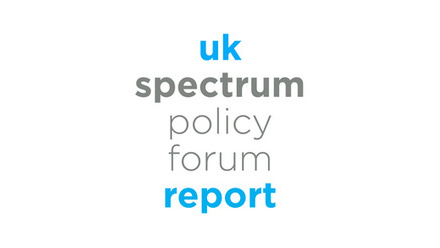Ofcom Launches New Consultations on Satellite and Spectrum Use
Ofcom has opened new consultations aimed at supporting the efficient use of spectrum and enabling innovation across the satellite and wireless sectors. With growing demand for satellite connectivity, Ofcom is proposing to revise the fee structure for non-geostationary satellite (NGSO) gateway licences. The new approach would replace flat fees with Administered Incentive Pricing (AIP), encouraging more efficient spectrum use. The consultation also includes proposals for calculating fees in the Q/V and E bands.
In addition, a new licensing framework is proposed for the 2320–2340 MHz band, allowing rapid, short-term access to spectrum. This would benefit users such as the Programme Making and Special Events (PMSE) and Shared Access communities, enabling innovative applications like mobile-based news gathering and event broadcasting.
New rules for satellite gateway licences
Ofcom is proposing a new fee structure for satellite gateway licences, particularly targeting non-geostationary satellite orbit (NGSO) gateways. The current flat annual fee would be replaced with a model based on Administered Incentive Pricing (AIP), which is already used for geostationary (GSO) gateways. This change reflects the growing demand for spectrum and aims to ensure more efficient and economically sound use of this limited resource.
Additionally, Ofcom is consulting on new “Band Factors” to reflect the lower opportunity cost of using higher frequency bands. It proposes a factor of 0.4 for Q/V bands (37.5–52.4 GHz) and 0.15 for E band (above 70 GHz). These would apply to both NGSO and GSO gateways and are intended to encourage uptake of higher-frequency spectrum where sharing is more feasible.
The consultation invites feedback on whether AIP should be applied to NGSO gateways, the appropriateness of the NGSO factor, the proposed antenna limit, and the removal of duplicate emissions. It also seeks views on the new Band Factors and whether similar changes should be extended to GSO gateways.
Enabling PMSE and other shared access licences in the 2.3 GHz band
Ofcom is proposing a new type of licence to enable rapid, short-term access to spectrum in the 2320–2340 MHz band. This initiative responds to growing demand from the Programme Making and Special Events (PMSE) and Shared Access communities for quick, flexible access to spectrum—particularly for use cases like 5G-enabled news gathering, sports coverage, pop-up mobile networks, and private network demonstrations.
The application process is designed to be fast, with a target turnaround of three working days, and will be managed by Ofcom’s PMSE team. Importantly, the licence is not limited to PMSE users—it is open to any applicant whose use aligns with the technical parameters set out in the consultation.
Ofcom is proposing to prohibit airborne use under its new short notice, short duration licence in the 2.3 GHz band. While there is growing interest in using mobile equipment on drones and other airborne platforms, coordinating such use is significantly more complex due to the mobility and wide coverage area of airborne systems. These complexities include the need for larger separation distances and the increased likelihood of line-of-sight interference.
Additionally, the proposed licences will operate on a non-interference, non-protection basis. This means licensees must cease operations if they cause undue interference to incumbent users, such as the Ministry of Defence or Shared Access licensees, and must also accept the risk of receiving interference from others. Ofcom considers this approach appropriate given the short-term, ad hoc nature of the licence and the simplified coordination process.
While interference is not expected to be common, this clause provides an important safeguard for existing users. In cases where interference does occur, Ofcom may explore mitigation options—such as synchronisation—before requiring a licensee to shut down.
The consultation also outlines how Ofcom plans to protect incumbents and amateur radio operators from emissions to the adjacent 2390–2400 MHz band, citing more complex coexistence challenges. A decision is expected by the end of the year and potential licence availability in early 2026.
Conclusion
By introducing a streamlined coordination process, limiting licence duration, and setting clear technical parameters, the framework aims to support a wide range of users while safeguarding incumbent services. These proposals also look to enhance transparency in the spectrum allocation process and strike a balance between accessibility and responsible spectrum management, helping to ensure that spectrum is used efficiently and equitably across different user groups.
Contact us

Sophie Greaves
Sophie Greaves is Associate Director for Digital Infrastructure at techUK, overseeing the Communications Infrastructure and Services Programme at techUK, and the UK Spectrum Policy Forum.

Tales Gaspar
Tales has a background in law and economics, with previous experience in the regulation of new technologies and infrastructure.

Josh Turpin
Josh joined techUK as a Programme Manager for Telecoms and Net Zero in August 2024.





